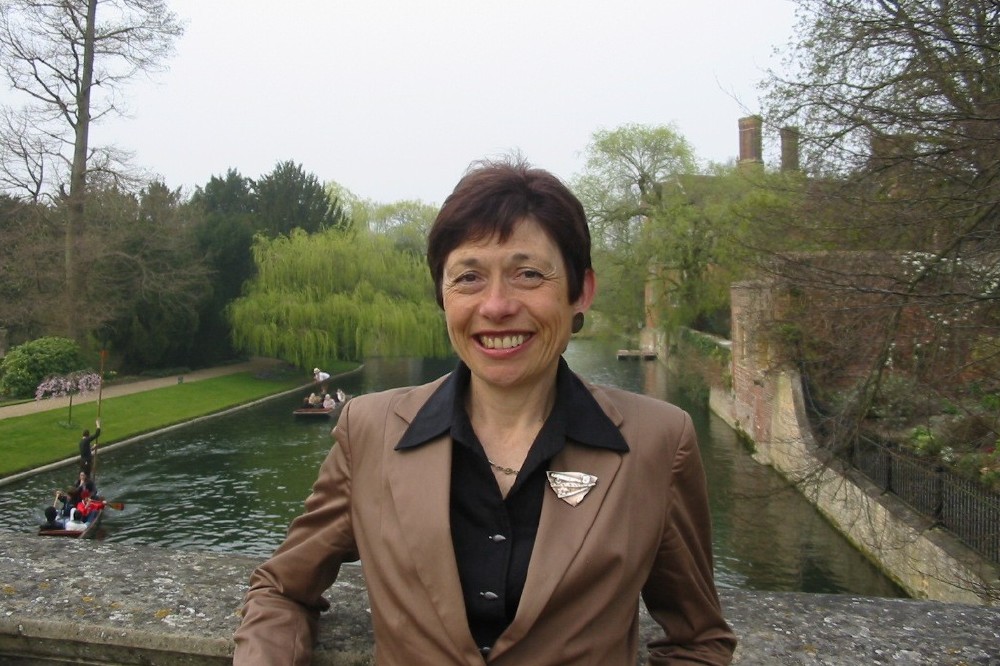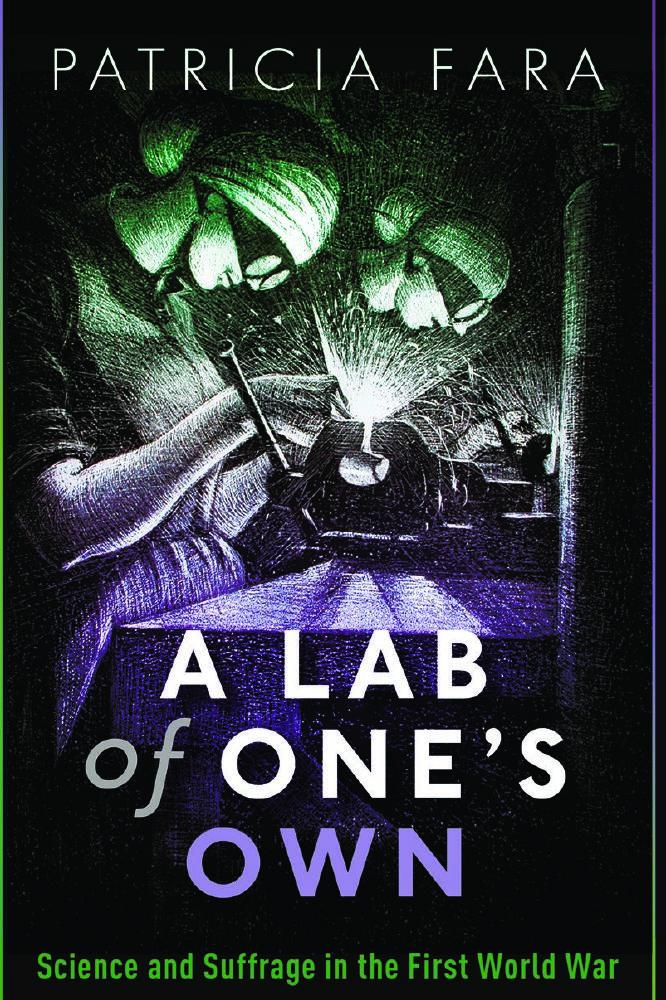If you’d like to find out more, read Patricia Fara’s A Lab of One’s Own: Science and Suffrage in the First World War. Out now and only £18.99 from Oxford University Press.

Patricia Fara
In the Trench
The Army dug a large experimental trench in the gardens of Imperial College London. Headed by the chemist Martha Whiteley, a 7 woman team climbed inside to investigate poisons and grenades. Celebrated for her work on tear gas as ‘the woman who made the Germans weep,’ she developed an explosive code named DW for Dr Whiteley.
Rejected
After the Scottish surgeon Elsie Inglis raised enough suffragist money to equip two all-female ambulance trains, the War Office replied ‘Go home my good lady, and sit still’. But she refused to do that. After British allies Serbia and France accepted enthusiastically, her medical teams saved thousands of lives.
Canaries
Their skin went yellow and their hair went green: in factories all over Britain, many thousands of women were poisoned by handling the chemicals needed to make munitions.
Counter Espionage
Fluent in four languages, Mabel Elliott worked in the Censorship Office. Suspicious of an apparently innocuous letter, she heated it gently with lemon juice to reveal secret messages. Her discovery exposed a powerful German spy posing as an American businessman in Holland.
Bloomsbury Set
Virginia Woolf’s friend Ray Costelloe – who studied mathematics at Cambridge and engineering at Oxford – married Lytton Strachey’s brother and lived in Bloomsbury Square. A leading suffragist, she ran a women’s employment agency, set up a welding school, and found herself ‘panting from one Cabinet Minister at dinner time and breakfast with another the next day.’
Birth Control
Marie Stopes is famous for launching birth control clinics, but before that she was a lecturer in paleo botany at Manchester University. During the War, she carried out important research into coal.
Mrs Soper’s Rabbits
At London’s Lister Institute, 40 female scientists recruited volunteers to care for their experimental animals. The laboratory cleaner stayed late into the night feeding the rabbits with milk from a fountainpen filler. As the team leader said, ‘Many a Tommy may have owed his life to Mrs Soper.’
Engineering the Future
Caroline Haslett’s teachers gave her up as a lost cause because she never could learn how to sew a button-hole. By her early twenties, she was running the Women’s Engineering Society to back the development of domestic equipment to enable ‘women to free themselves from the shackles of the past.’
Naval injustice
When Vera Matthews applied to join the Admiralty, she was told ‘We don’t want any petticoats here.’ She eventually rose to the top, but although women came top of the class in wireless telegraphy, in 1919 they were abruptly fired with a week’s pay.
Winning the Vote
War work won more national support for the vote than all the suffrage campaigning. ‘Hats off to the women of Britain’ wrote Arthur Conan Doyle (creator of Sherlock Holmes) after visiting a munitions factory: those who have helped to save the State should be allowed to guide it.’

Patricia Fara is the President of the British Society for the History of Science.

